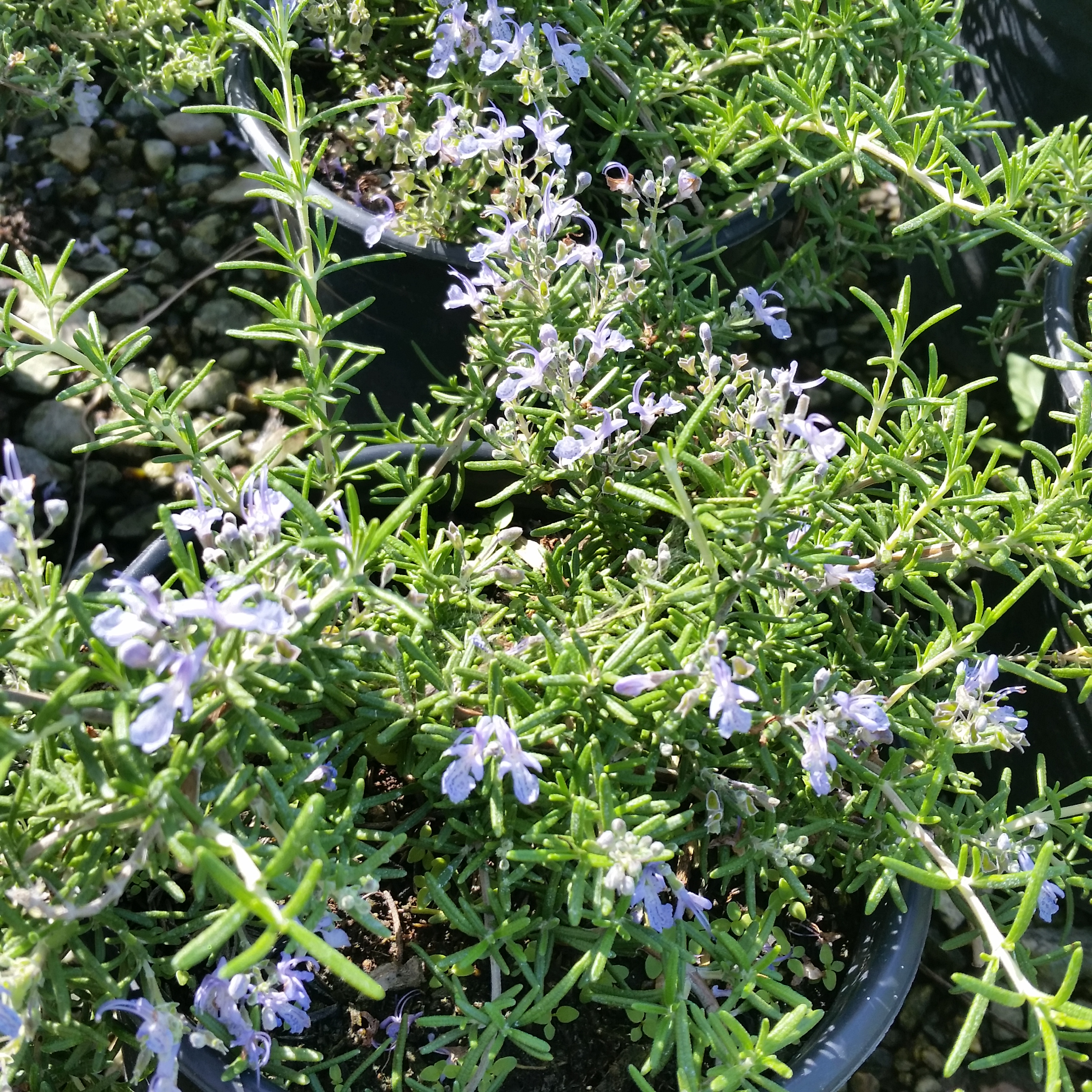
Rosmarinus officinalis 'Prostratus' Creeping Rosemary Mid Valley Trees
A key ingredient of a Mediterranean-style garden, Rosmarinus officinalis Prostratus (Creeping Rosemary) is a low-growing and spreading evergreen shrub with strongly aromatic, needle-like leaves, about 2 in (5 cm) long. Clusters of pale blue flowers appear in spring and summer, occasionally in fall.

Rosmarinus officinalis Prostratus Prostrate Rosemary
Description rosemary leaves S. rosmarinus 'Prostratus' Rosemary is an aromatic evergreen shrub with leaves similar to hemlock needles. It is native to the Mediterranean region, [8] but is reasonably hardy in cool climates. Special cultivars like 'Arp' can withstand winter temperatures down to about −20 °C (−4 °F). [9]

Rosmarinus officinalis 'Prostratus Group' Rosemary Prostrate Buy Herb Plants
rosemary Prostrata Group Prostratus Group are compact evergreen shrubs of prostrate habit, with linear, aromatic leaves and blue flowers in small axillary clusters in spring and summer, occasionally in autumn Other common names rosemary Prostratus Group Synonyms Rosmarinus officinalis Prostratus Group Rosmarinus officinalis 'Corsica Prostratus'
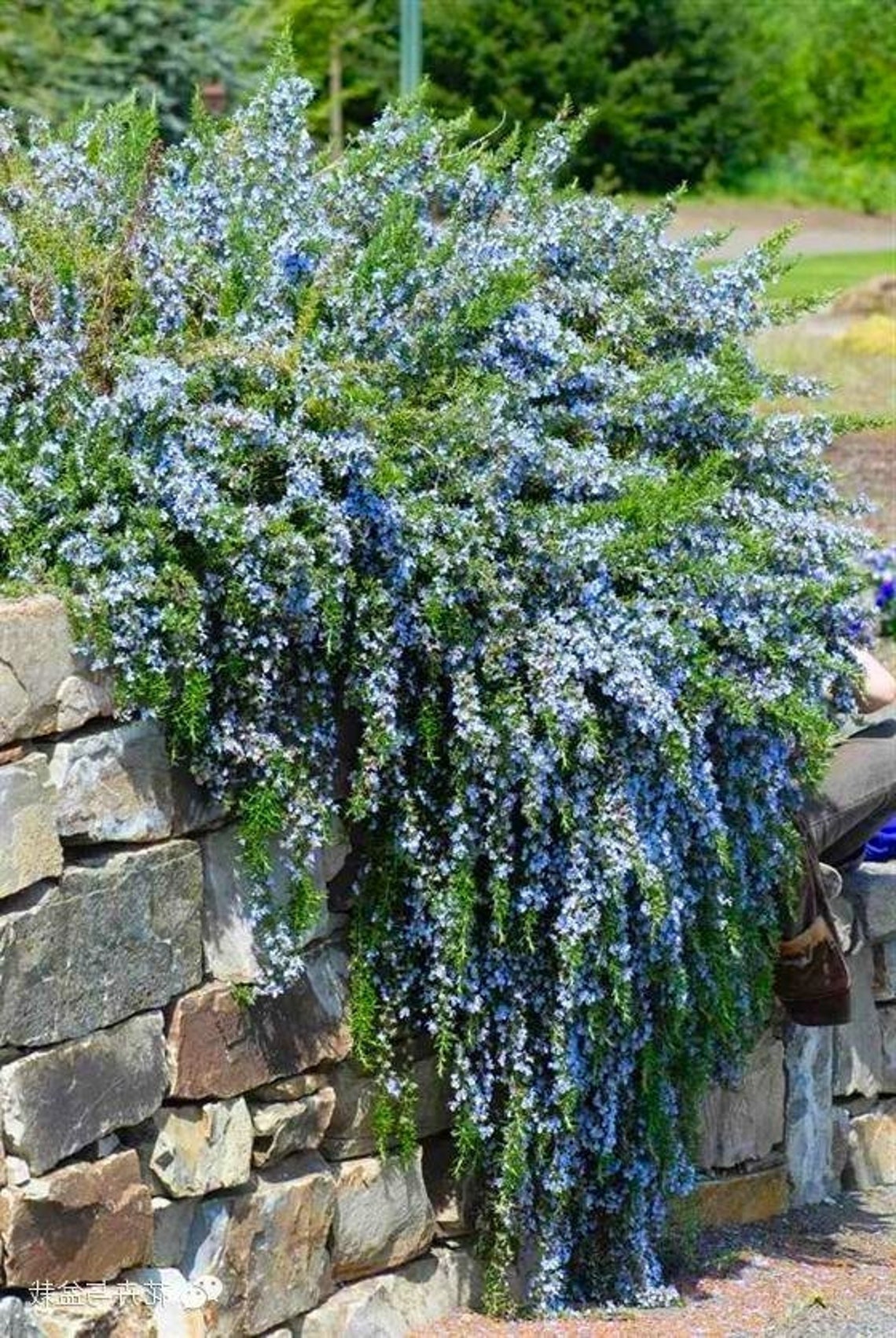
Rosmarinus officinalis prostratus trailing Rosemary Approx Etsy
Rosmarinus officinalis 'Prostratus' by Wallygrom. Caring for Rosemary. Once established, Rosemary takes very little looking after, for best results the soil should be poor and well drained.. Yes, rosemary (Rosmarinus officinalis) is a popular garden and kitchen herb, prized for its aromatic foliage, blue flowers, and culinary uses.

Rosmarinus Prostratus. Shrubs for Sale UK . Letsgoplanting.co.uk
Native to the dry, rocky areas of the Mediterranean region, Rosemary (Rosmarinus officinalis or Salvia rosmarinus) is a popular aromatic herb commonly grown for its decorative, medicinal, culinary uses, and ornamental garden appeal. Easy to grow and drought-tolerant, Rosemary is a rewarding plant to grow outdoors in the garden or indoors in pots.
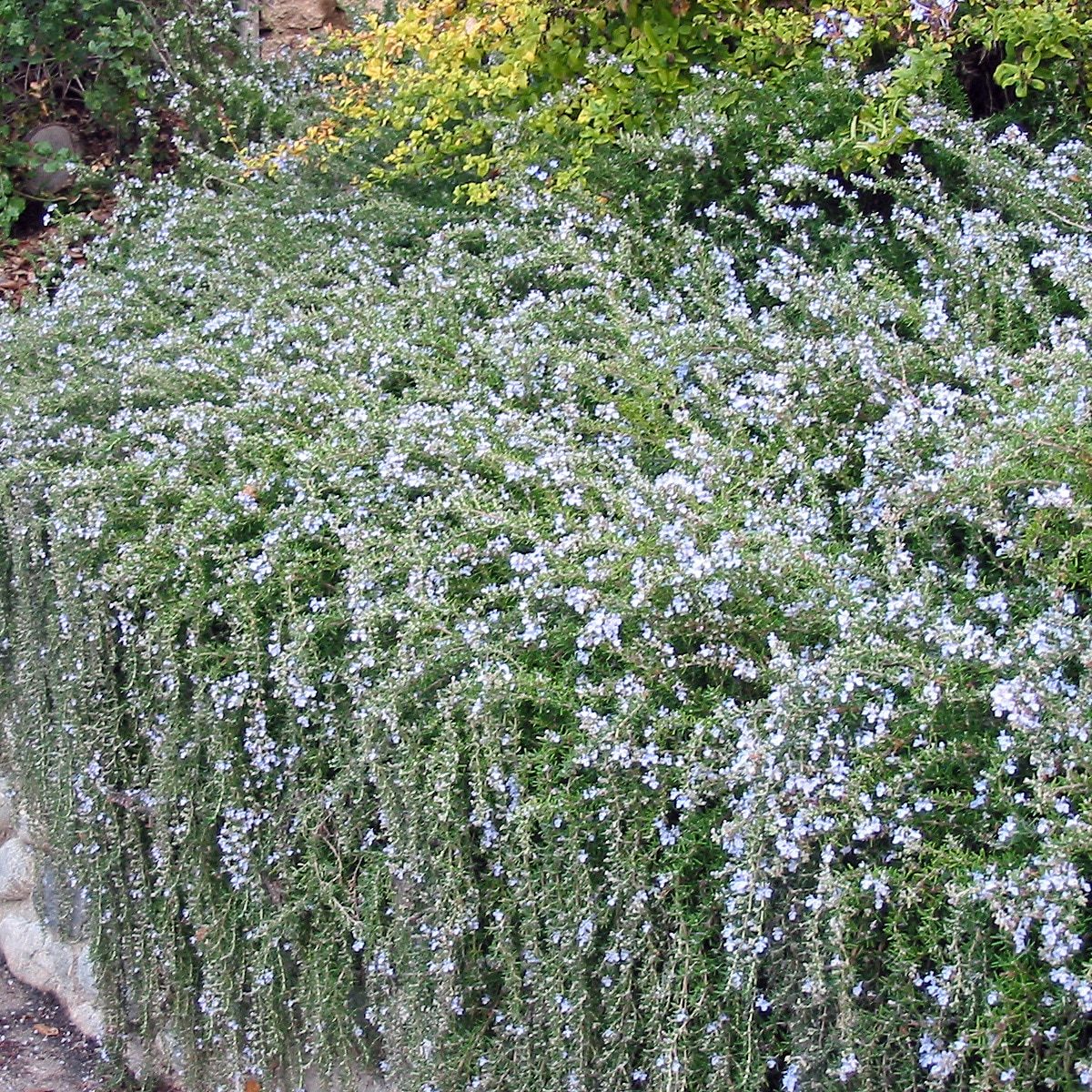
Rosmarinus officinalis “Prostratus” Vivero Pullally
Rosmarinus officinalis Prostratus Common Names Groundcover Rosemary Botanic Name Genus: Rosmarinus Species: officinalis Variety: 'Prostratus' Type: Shrub Family: LABIATAE Origins: Europe Asia Minor Light: Full Sun to Part Shade Wind: Wind/Salt tolerant Growth: Fast Frost: Hardy Evergreen: Yes Native: No Height: 0.5 m Width: 2 m Position

Rosmarinus Officinalis Prostratus 150mm Pot Dawsons Garden World
last updated July 27, 2022 Rosmarinus officinalis is the herbal rosemary that most of us are familiar with, but if you add "prostratus" to the name you have creeping rosemary. It is in the same family, Lamiaceae, or mint, but has a broader growth habit and may be used as an elegant groundcover.
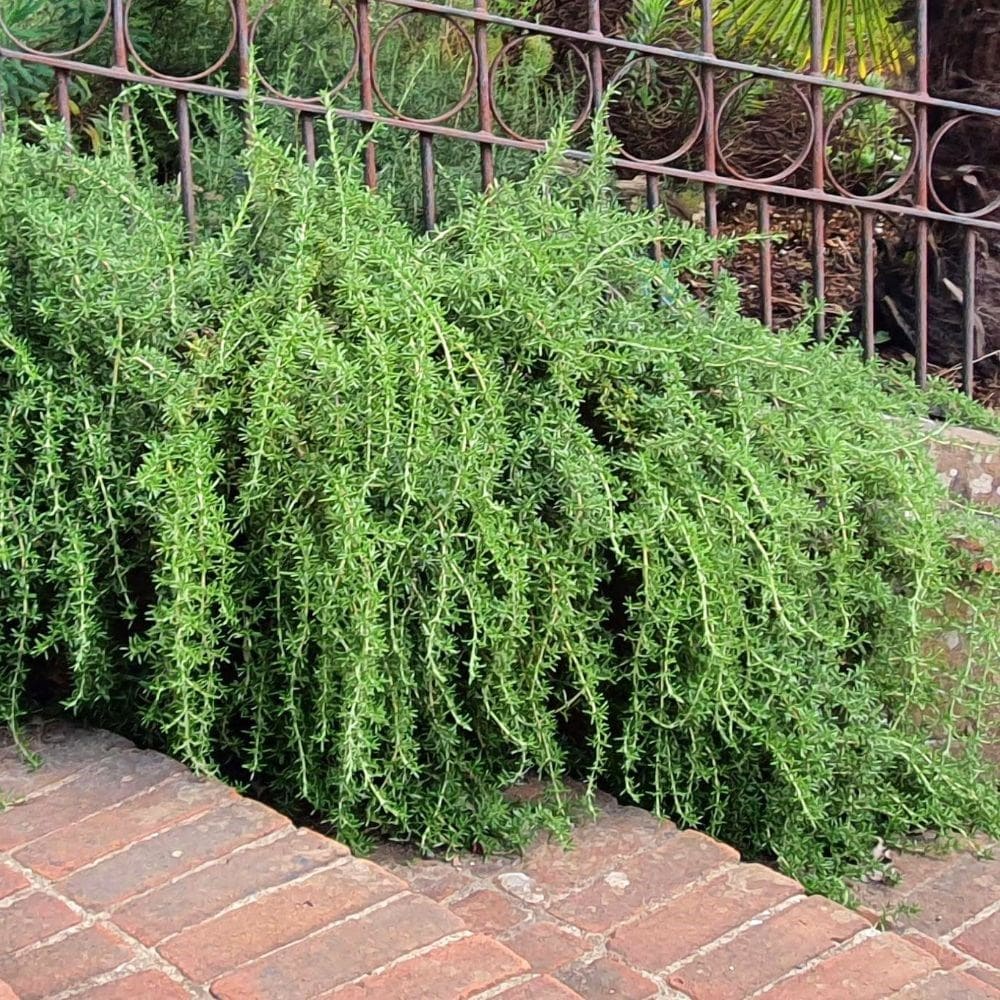
Buy rosemary ( syn. Salvia rosmarinus Prostratus Group ) Rosmarinus officinalis Prostratus Group
Rosmarinus officinalis 'Prostratus' RosemaryHerb, Perennial, EvergreenFamily: Lamiaceae Height: 50cm Spread: 50cm Hardy Attractive to wildlife Flower colour: Foliage colour: Position Soil Grown for its aromatic evergreen leaves and unusual flowers, rosemary is regarded as an essential culinary and medicinal herb, with an invigorating flavour.

Rosmarinus Officinalis 'Prostratus' Kruipende rozemarijn 2030 cm pot
Plant your creeping rosemary ( Rosmarinus officinalis 'Prostratus') in full sun to part shade in well draining soil, although it will do well in almost any type of soil so long as it is not allowed to become sodden.

Rosmarinus officinalis 'Prostratus'
Scientific: Rosmarinus officinalis (Synonym: Salvia rosmarinus) Common: rosemary. 'Prostratus' is a prostrate cultivar to 8-feet wide by 2- to 3-feet tall. `Irene' on the other hand is a cultivar introduced in 1996 in central California and grows only 12- to 24-inches tall, great as edging plant. For use as a landscape ground cover, plant.
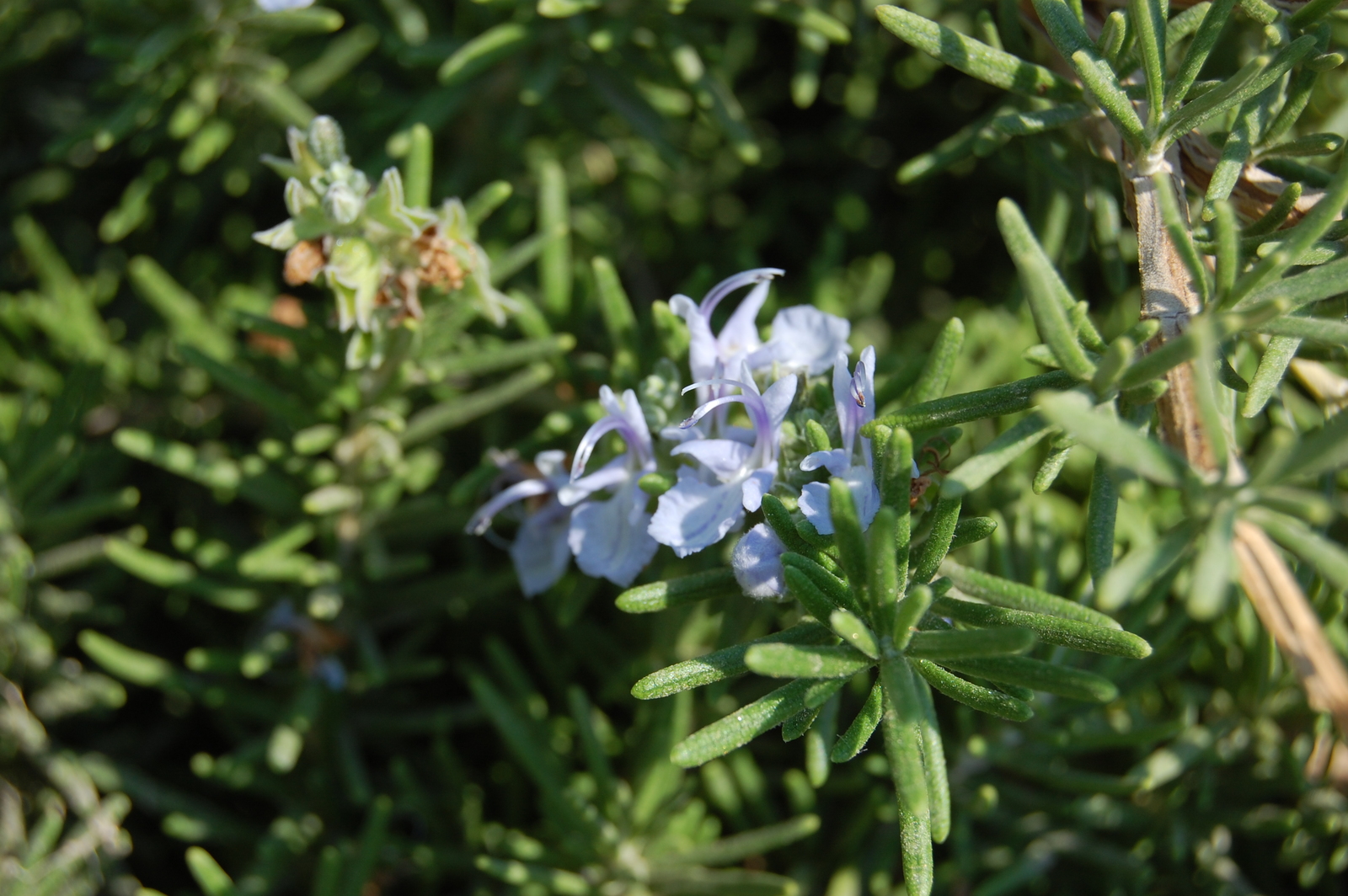
Live Prostrate Rosemary aka Rosmarinus 'Prostratus' Plant Fit 1 Gallon Pot Plants & Seedlings
Mature Height & Spread: 2' x 4-8' Natural Growth Habit: Spreading Native To: Europe Exposure: Full Sun Water: Medium Water, Low Water Flower Color: Blue Bloom Time: Spring, Winter Special Features: Attracts Birds/Butterflies / Deer Resistant / Desert Conditions / Drought Resistant / Edible / Fragrant / Seacoast Conditions Container Sizes: #1, #5
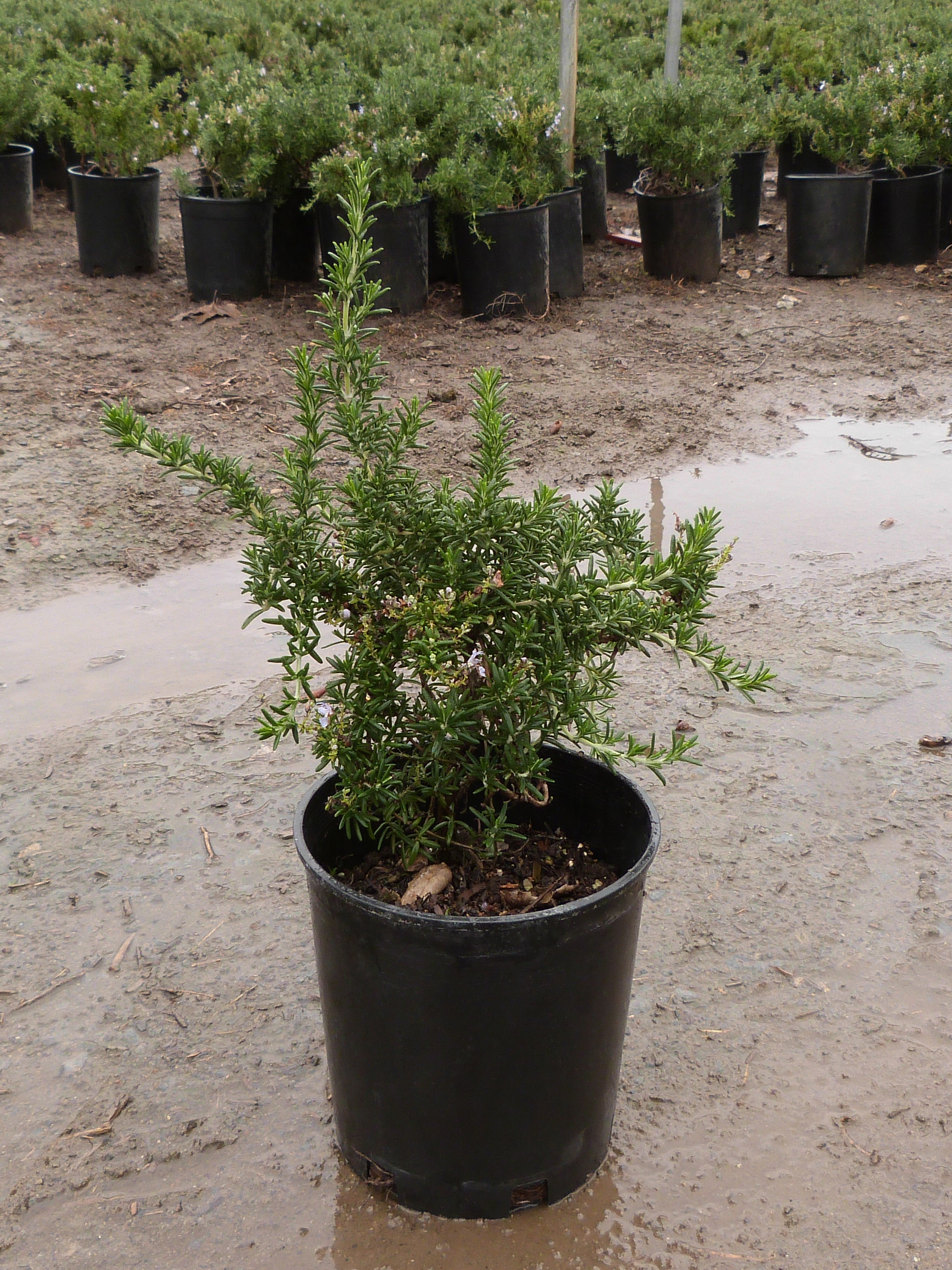
1g Rosmarinus officinalis 'Prostratus' TY Nursery
How To Propagate Rosmarinus Officinalis 'Prostratus'. Grow Prostrate Rosemary from cuttings about 2″ inches long. Use new, soft growth for the cuttings. Strip away the bottom inch of leaves, and dip the stem of the cutting into rooting hormone. Place it in a slightly damp, sterile seed-starting mixture.
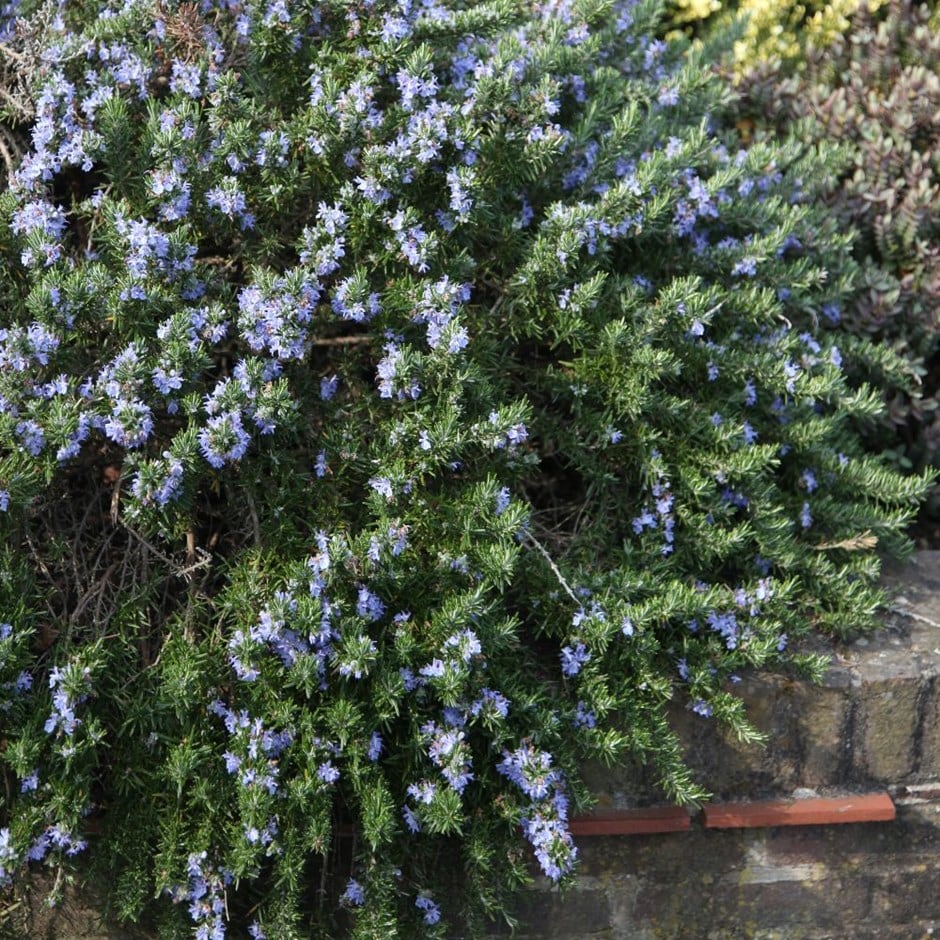
Buy rosemary ( syn. Salvia rosmarinus Prostratus Group ) Rosmarinus officinalis Prostratus Group
About Rosmarinus officinalis Prostrata (Creeping Rosemary) This European native is called Rosmarinus officinalis Prostrata. A low-growing bush or groundcover with trailing branches that reach an average landscape size of 2′ x 4-6′. Its creeping needle-like leaves are accompanied by tiny purple flowers during its blooming season which lasts.
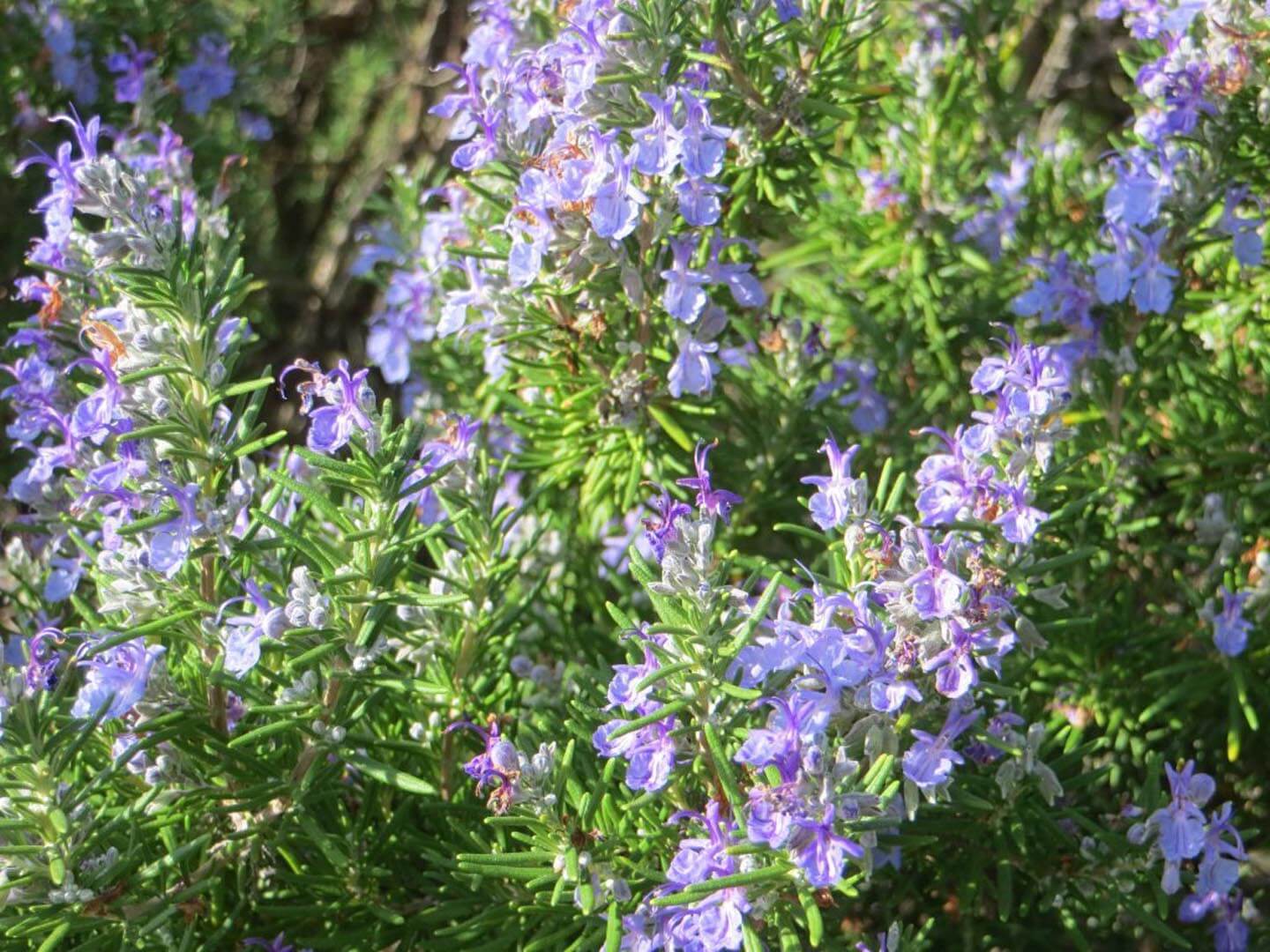
Rosmarinus officinalis 'Prostratus' Boething Treeland Farms
This perennial evergreen shrub, hardy in Zones 8-10, can be grown as an annual in other climates. It grows quickly and can get very big. The best time to harvest your rosemary is in the morning, just after any dew has evaporated. You can snip stems throughout the growing season to use fresh, or cut a bunch to dry in the fall.

Rosmarinus Prostratus. Shrubs for Sale UK . Letsgoplanting.co.uk
Rosmarinus officinalis 'Prostratus' ross-mah-RYE-nus oh-fi-shi-NAH-lis Audio A hardy, fast-growing evergreen shrub, creeping rosemary has a prostrate habit and attractive flowers and fragrance. Dark green leaves, to 2 inches long, are rich in aromatic oils and are commonly used as a culinary herb.
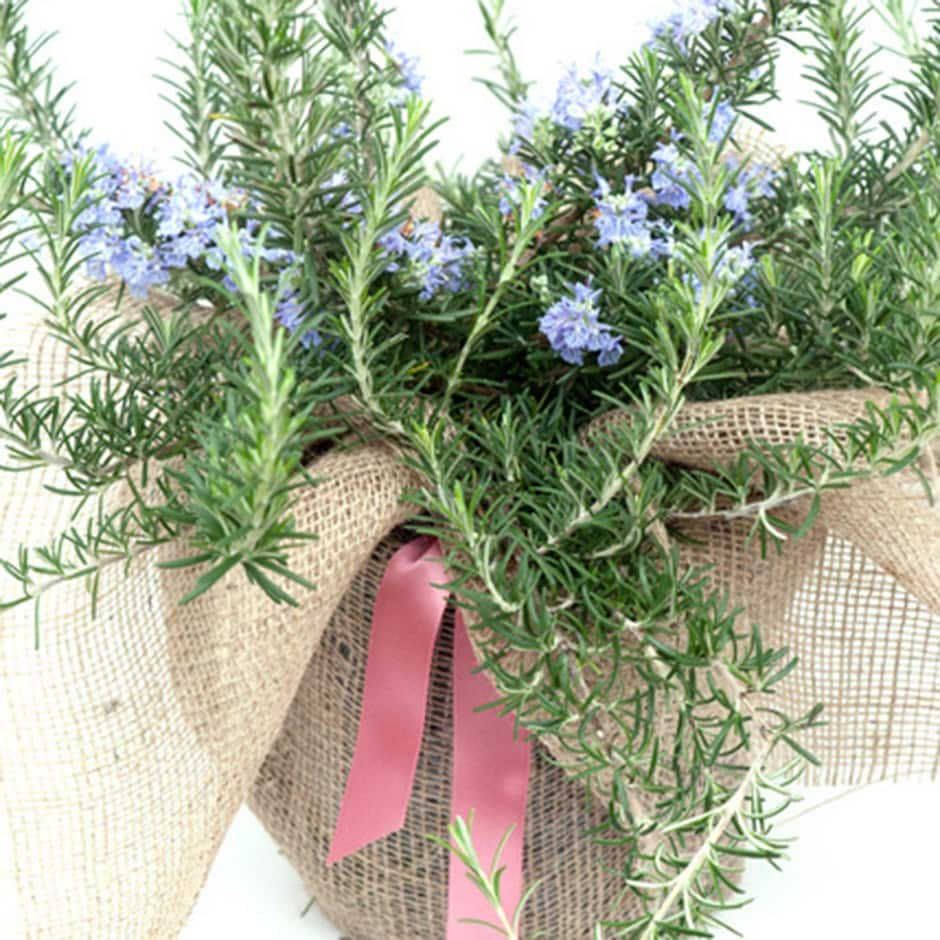
Buy rosemary / Rosmarinus officinalis Prostratus Group Rosmarinus officinalis Prostratus Group
Rosmarinus officinalis 'Prostratus' Rosemary 'Prostratus' is a prostrate or creeping form that creates a woody groundcover or a waterfall effect over an embankment. It is cold hardy and evergreen in the South and can be grown in the garden or in containers. Great for culinary purposes. Drought and heat tolerant once established.